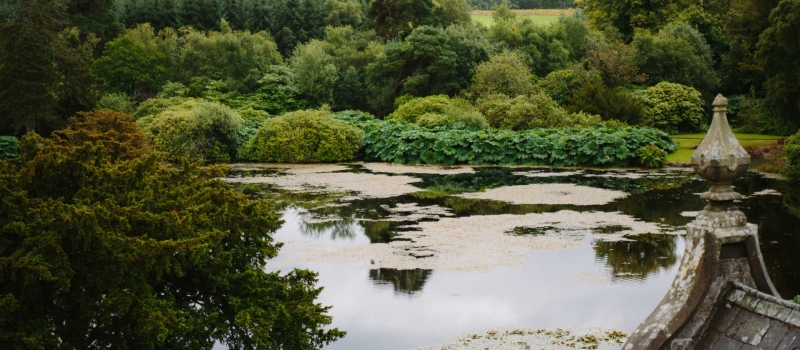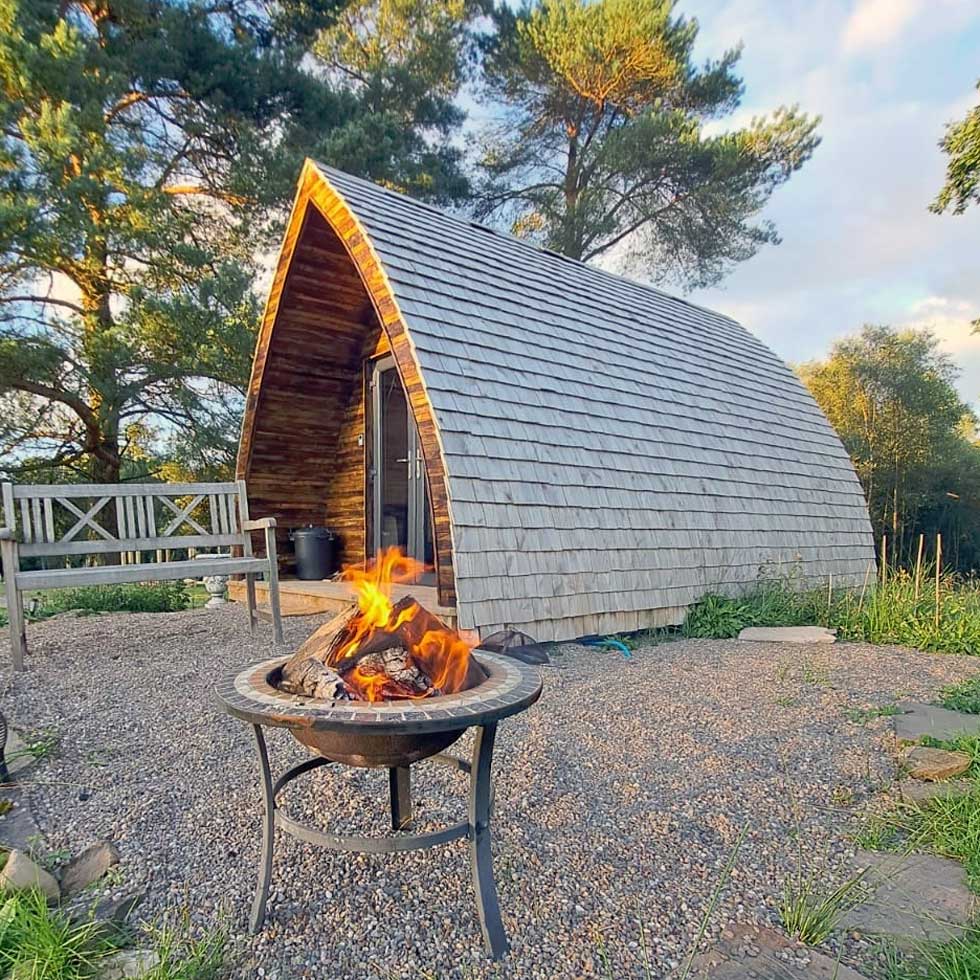Tempo Manor History
A Brief History of Tempo Manor Estate
The estate started life as Tempo Dessell (dessell meaning sun worship), the seat of the Maguires.
Cuchonnacht Maguire organised the “flight of the earls”, which provided the English government with the opportunity to confiscate most of Ulster.
Brian, Cuchonnacht’s heir, was determined to make the best of the new situation and was one of the first of the grantees to settle on the new estate of 13,000-14,000 acres. Brian died in 1655 and achieved the remarkable feat of holding on to his land even under Cromwell.
Brian Maguire was succeeded in 1655 by his five-year-old grandson Cuchonnacht, who grew up to be an extravagant young man, spending well beyond the modest income his estate provided. He was a devoted Jacobite, and was appointed High Sheriff of Fermanagh by King James. He raised a regiment of infantry to fight for the King, and at the battle of Aughrim in 1691, Cuchonnacht was killed, along with most of his men. Because he died in arms against King William, he was declared a traitor after his death, and his estate was confiscated. The estate was then granted to the Earl of Belmore.
However, Parliament disapproved of the way William disposed of so much of the confiscated Irish land to his Dutch favourites. He was forced to cancel all the grants and a board of trustees was set up to hear all petitions.
Brian, the eldest son of Cuchonnacht, claimed that his father had only a life interest in the estate and succeeded in proving claim. As a result, Tempo Manor is one of of only a handful of Ulster estates to remain in the hands of the original Gaelic owners.
Brian Maguire was succeeded by his son Cuchonnacht, who died in 1739, and he in turn was succeeded by his brother Robert. Under the penal laws passed by the Protestant Irish parliament in the early eighteenth century, a Roman Catholic landowner was forbidden to bequeath his land by will. When he died, his land had to be divided equally among all his sons. However, if the eldest son conformed to the Established Church, he inherited the whole estate. The Maguires of Tempo were no exception. Robert conformed, and his younger brother, Hugh, did so a few years later.
If half the accounts of Hugh were true, he was a desperado to out-desperado anything in fiction. After serving in the Austrian army he returned to England, and in 1745 married a Lady Cathcart. This was her fifth marriage.
The “wicked colonel”, as Hugh was known, was notorious in his own day, and became a legendary villain for all time, because of his treatment of his wife. Far from being satisfied with half of her considerable income, he did his worst to frighten her into handing over a fortune in jewels, and the title deeds of her English property, the Manor of Tewin Water in Hertfordshire. When she refused, he abducted her to Ireland and kept her locked up for some years at Tempo. The room where she was kept, in what later became an outbuilding, can still be seen. There must have been a good deal of talk among the neighbours about his activities, but no one dared to interfere. Duelling was common, and Maguire was a noted shot. After his death, Lady Cathcart (by then well over seventy), was released, ragged, half-starved and almost deranged, and she was able to reveal the details of how her husband had died. The story was like the climax to a gothic horror novel. – click here to read the story
After Hugh, his brother Robert Maguire became head of the family. Robert had no children and passed the estate to his brother Philip’s son Hugh.
This Hugh Maguire settled at Tempo and was a popular figure in Fermanagh. The estate was heavily encumbered by debt to Lady Cathcart’s trustees (£11,000). The trustees sued for payment and in 1799, forced the sale of 3,277 acres, including the house.
Samuel Lyle, a linen merchant from Derry purchased the estate in 1799. He never lived at Tempo, and the Hugh Maguire house decayed rapidly. Samuel Lyle visited his estate regularly to collect the rents. In a letter to William Tennent, (the next owner), in July 1813, he wrote …
“Now that I am speaking of the Demesne, it is one of the most beautiful spots you ever saw, wood and water most delightfully disposed and in the very heart of the estate; if it had been possible for me to leave the County of Derry I would have gone there to live. You may have a dish of fish out of the river or leeks every day of the year, plenty of crawfish in the river, also plenty of game, in short I think the Demesne would give a family everything but wine and groceries.”
Sir William Tennent was the son of a Presbyterian minister. He made his fortune in sugar refining and various trading activities in Belfast. In 1809 he established the Commercial Bank, which later amalgamated with the Belfast Banking Company, itself now part of the Northern Bank. Tennent was arrested in 1798 as a suspected leader of the United Irishmen and was imprisoned in Scotland for almost four years. Being a prominent member of the First Presbyterian Congregation did not prevent him from having, in addition to two legitimate daughters, a large illegitimate family, all of whom he acknowledged and provided for. He paid Lyle the large sum of £29,000 for Tempo. Tennent never lived in Tempo but repaired it for occasional short visits when in Fermanagh on business.
Sir William died in 1832, and his wife inherited his Tempo estate. A dispute about the will led to a prolonged lawsuit which ended in 1839, when Sir James Emerson Tennent, (husband of Sir William’s daughter Letitia) was obliged to purchase Letitia’s life interest in order to secure control of the estate.
Sir James Emerson Tennent was M.P. for Belfast (later Lisburn). He was in Ceylon for five years as Secretary to the Governor. He had the present house built in 1863. It was designed by Sir Charles Lanyon. Sir James laid out most of the gardens before his death in 1869. A great friend of his, Charles Dickens, stayed at Tempo.
Sir William Emerson’s heir married in 1870 and died six years later, aged forty-one, leaving a widow and two small daughters. The elder of the two daughters, Ethel, eventually inherited Tempo estate. In 1893 she married Charles Langham, heir to a baronetcy and a large estate at Cottesbrooke in Northamptonshire. After he succeeded his father in 1909 he sold Cottesbrooke. Sir Charles and Lady Langham died within a few weeks of each other, in 1951.
Sir Charles was succeeded by Sir John Langham who was, in turn, succeeded by Sir James Langham. The present occupant of the Manor is Sir James’ son, Sir John and his children Tyrone, Phoebe and Isabella.



